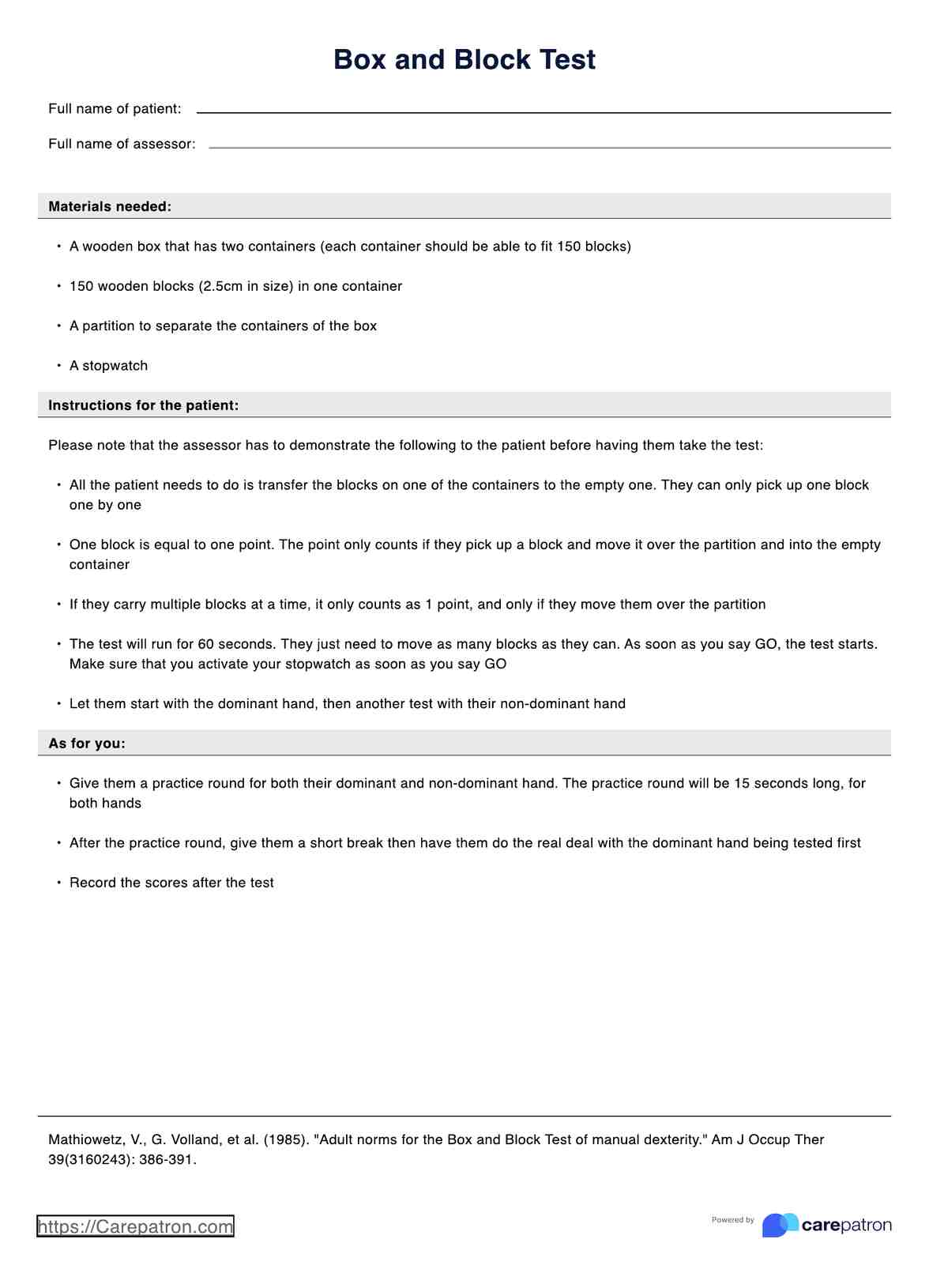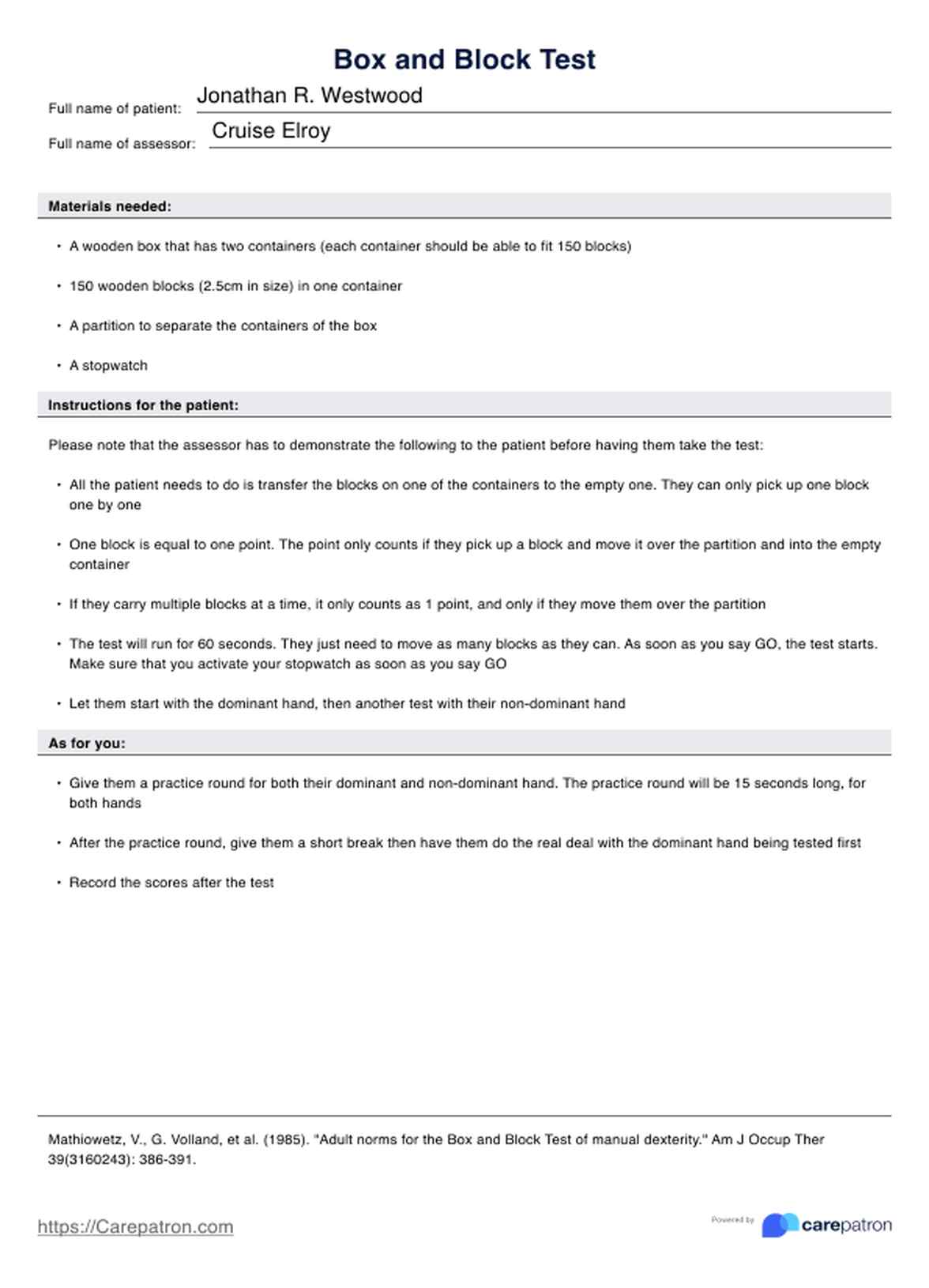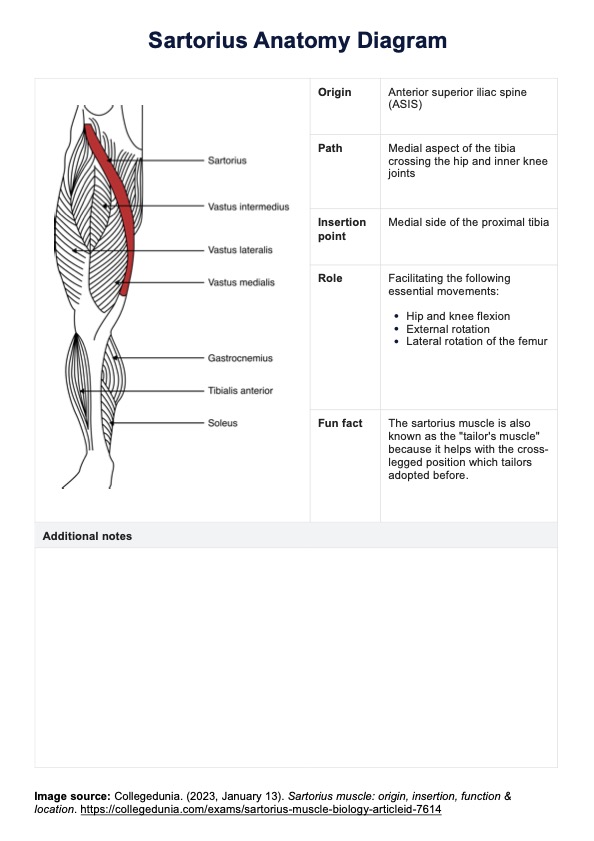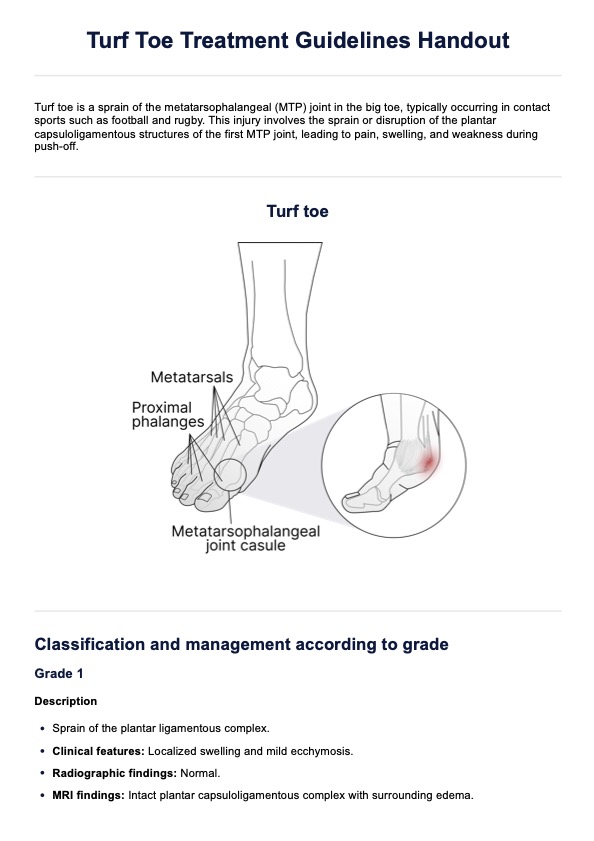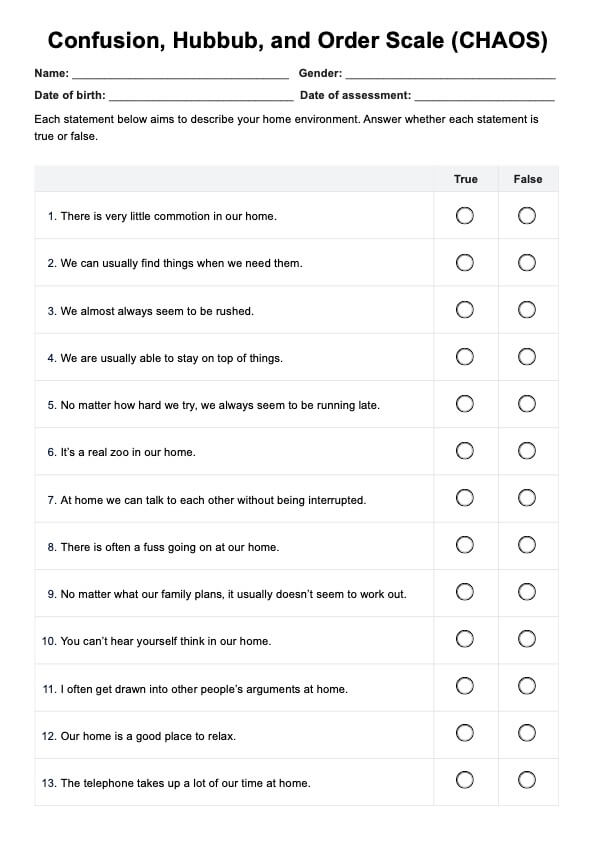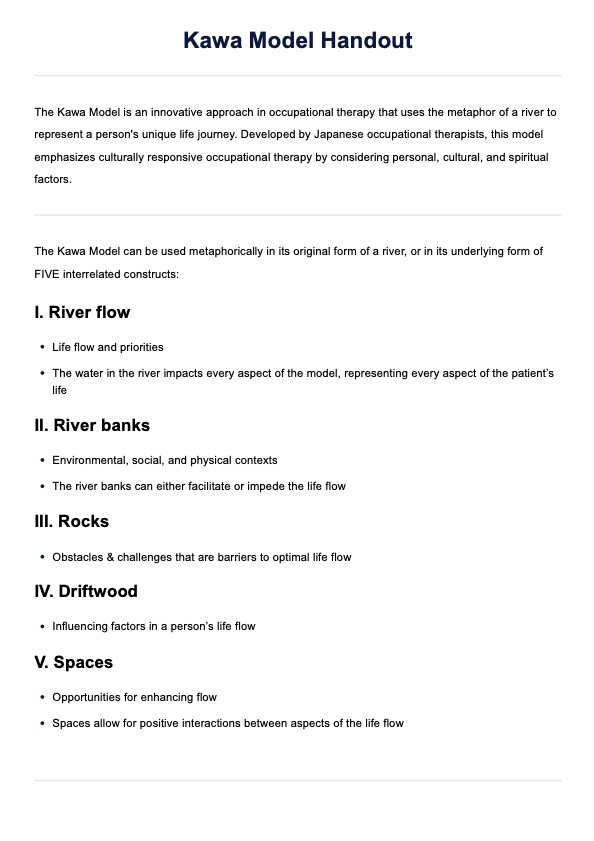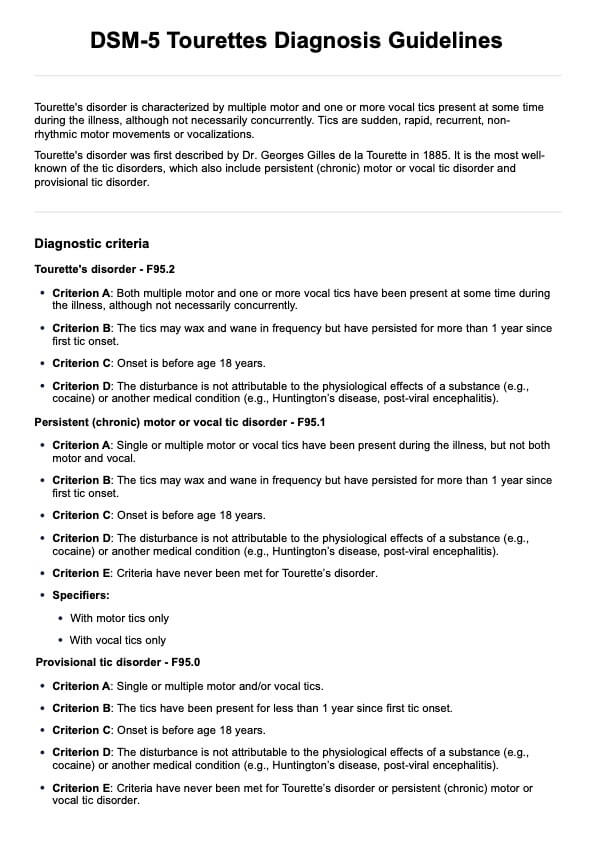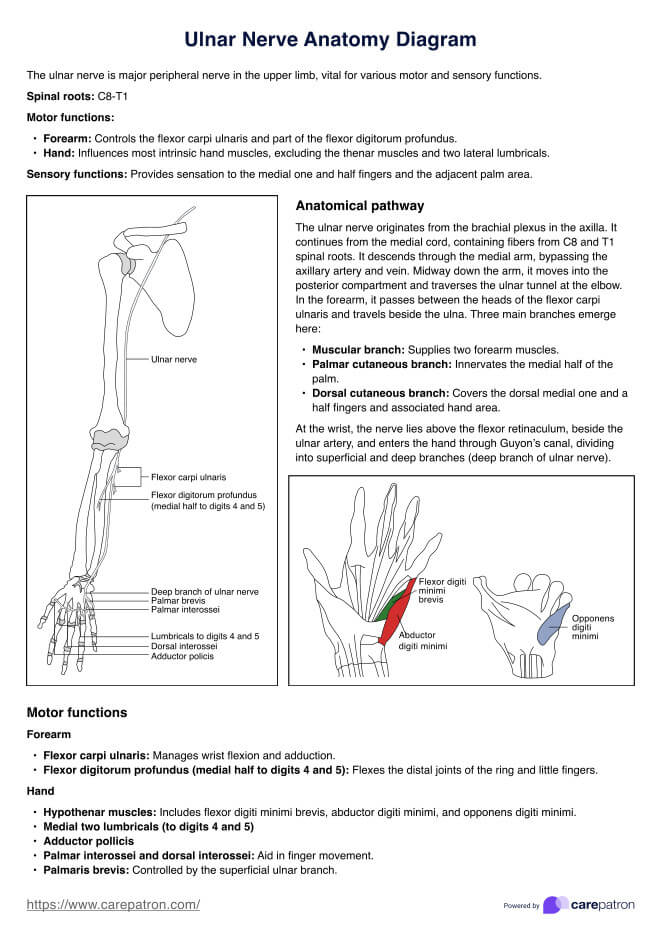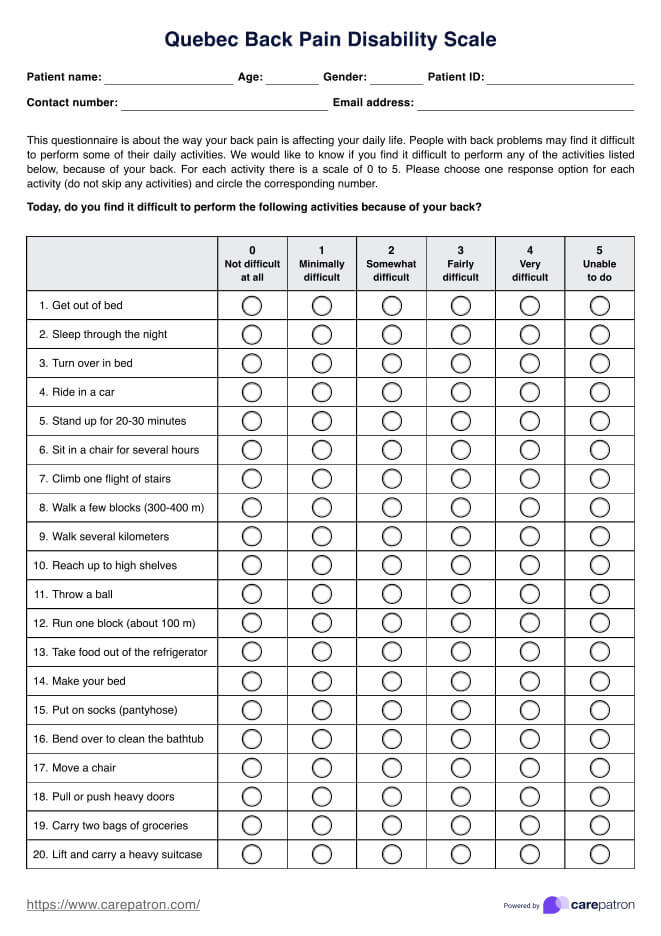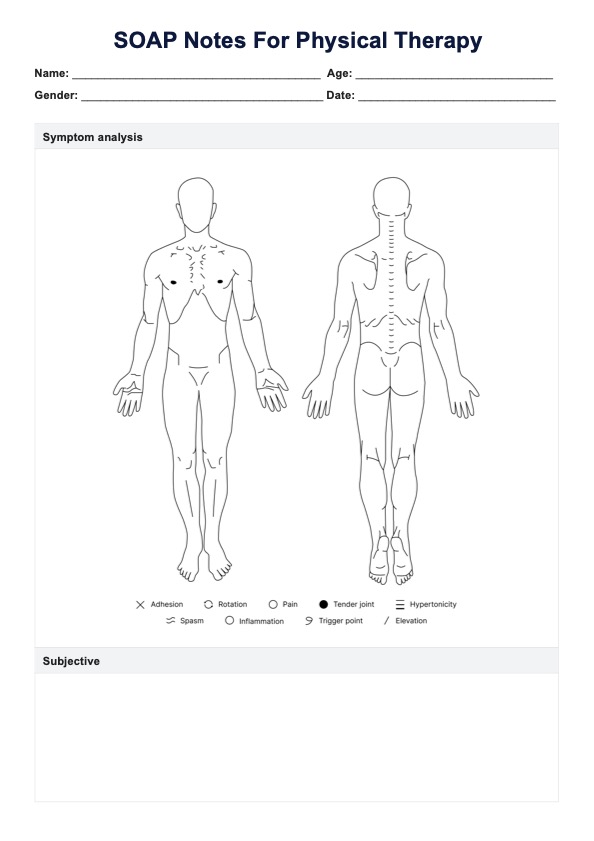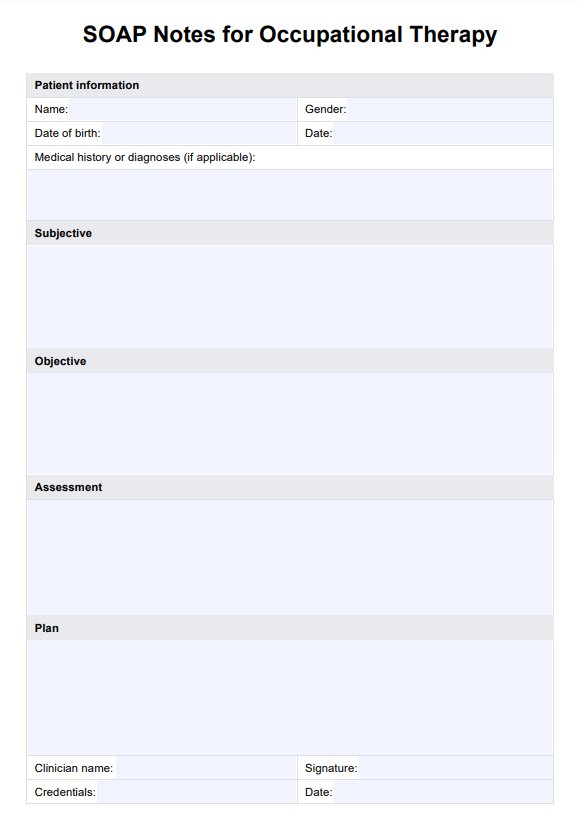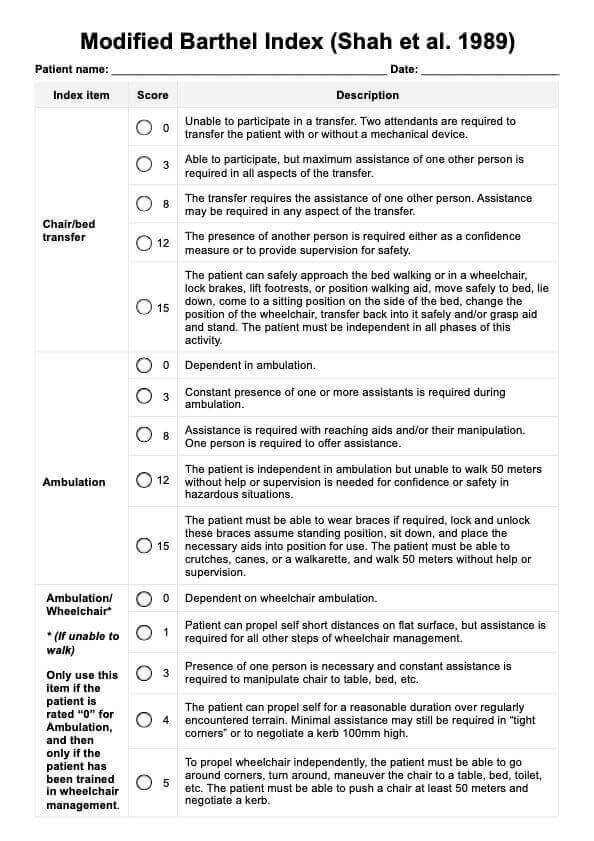Box and Block Test
Need to assess your patient's hand functions and finger dexterity? Then use the Box and Block Test to assess them! It’s one of the easiest tests to administer, not to mention one of the most inexpensive!


What is the Box and Block Test?
is a reliable test that physical therapists and the like can administer as part of their practice. It’s simple to use and doesn’t cost much because these are the only things you need to conduct it:
- A wooden box that has two containers (each container should be able to fit 150 blocks)
- 150 wooden blocks (2.5cm in size) in one container
- A partition to separate the containers of the box
- A stopwatch
The patient must transfer the blocks, one at a time, to the empty container. The test will go for 60 seconds, and the goal is to see how a patient can use their hands and fingers to grip small objects. This test is meant to be administered to patients with impaired motor functions, specifically the arms, hands, and fingers. The Box and Block Test is especially beneficial if neurological disorders like stroke, brain injury, cerebral palsy, and more impair these functions.
Box and Block Test Template
Box and Block Test Example
How to use the Box and Block Test:
Prepare the materials.
Make sure to have the materials mentioned above ready. Set them up on a table, and then have the patient sit down in front of it. Sit on the opposite side since you want a good view of them doing the test.
Instruct the patient and demonstrate the test.
Once the materials are ready and you and your patient are seated on opposite sides of the table, it’s time for you to demonstrate the test to the patient:
- All the patient needs to do is transfer the blocks on one of the containers to the empty one. They can only pick up one block one by one
- One block is equal to one point. The point only counts if they pick up a block and move it over the partition and into the empty container
- If they carry multiple blocks at a time, it only counts as 1 point, and only if they move them over the partition
- The test will run for 60 seconds. They just need to move as many blocks as they can. As soon as you say GO, the test starts. Make sure that you activate your stopwatch as soon as you say GO
- Let them start with the dominant hand, then another test with their non-dominant hand
Let them do a 15-second practice test.
After demonstrating the test to them, give them a 15-second trial test just to get them going.
Have them do the test proper.
After the 15-second trial test, let them rest for 30 seconds, then have them do two tests: the first one using their dominant hand, and then one more but with their non-dominant hand.
Count the scores and make a care plan.
The patient’s score is equivalent to the number of blocks they could transfer in 60 seconds. Do note that there are no specific score designations, but the higher the number of boxes transferred, the better conditioning and dexterity their arms, hands, and fingers have.
These are the average scores of different populations:
- Quite healthy men between the ages of 20 to 80 are able to transfer, on average, 77 blocks with their right hands, 75 with their left
- Men with normal health aged 60+ are able to transfer 61 to 70 blocks on average with either hand
- Quite healthy women between the ages of 20 to 80 are able to transfer, on average, 78 blocks with their right hands, and 76 with their left
- Women with normal health aged 60+ are able to transfer 63 to 76 blocks using either hand
Make sure to count for both the dominant and non-dominant hands.
The scores should help you figure out what goes into your care plan, but we also recommend including results from other physical tests. This is so you can cover enough bases when making your care plan.
When does one use the Box and Block Test?
The Box and Block Test is best used when you are at the stage with your patients where you have to assess their motor functions. When you are at the point where you need to devise a care plan for them, you need to assess their current capabilities because you will need a glimpse of what they can do. You will have to consider their current capabilities when creating your plan.
It’s also best to administer this on the same day as other physical exams. The Box and Block Test alone may not be sufficient, so it is best to include this as part of the roster of tests you give to patients to get better results that will help you make better-informed decisions.
It’s also recommended to administer this several times during the course of the patient’s treatment to properly monitor any improvements or worsening conditions, as well as if your care plan is working or if it needs some adjustments.
Who uses the Box and Block Test and for whom is it?
The Box and Block Test was created to assess a patient's motor functions, specifically their arms, hands, and finger dexterity, especially if the patient has a neurological disorder or ailment like stroke, cerebral palsy, etc.
Since this is used primarily in rehabilitation facilities and programs, the healthcare practitioners that can use this are physical therapists, occupational therapists, rehabilitation specialists, and their staff. Anyone specializing in related fields can include this in their work.
.png)
What are the benefits of using the Box and Block Test?
It’s easy to administer!
The Box and Block Test is one of the easiest and most inexpensive physical tests that therapists can administer to their patients because you only need a few things to do it, which are the box with two containers, a partition to separate the containers, 150 small blocks, and a stopwatch!
Apart from the equipment needed, the instructions are simple enough to follow. It will be a matter of how many blocks a patient can transfer within 60 seconds.
You can administer it during house calls!
Given that you only need a few things to administer this test, you can definitely conduct it outside your clinic!
Let’s say that you have a patient who can take the test but cannot go to your clinic. Then you can schedule a house call and administer the test in their abode!
It provides objective results.
The Box and Block Test is standardized, it’s safe to say that this test is objective. You are, after all, aiming to see how many blocks they can transfer within 60 seconds, and the number of blocks they are able to transfer will be their score, per hand.
While there are no set designations, you may refer to the averages mentioned earlier in this guide to help you determine how you interpret that. Motor functions and capabilities of patients with neurological disorders will vary from person to person. Two may have the same neurological disorder, but one of them could fare better than the other.
It’s a good way to check on your patient from time to time.
Issuing this test is not a one-time, big-time thing, given that multiple entries are in the test score section.
There are multiple entries on the sheet because it is best to administer this test several times during the patient’s treatment, especially after your care plan has been implemented. Are they improving? Are they getting worse? Is your care plan even working? Or, do you need to tweak it a little bit for it to be more effective? You will get the answers to these questions if you administer this test every now and then.
Commonly asked questions
You should finish between 1-5 minutes. Since this particular test sheet asks you to evaluate both hands and each test takes 60 seconds, you should roughly finish the whole thing in 3 minutes, including scoring.
Yes! You may definitely use this test, but of course, you are going to adjust it in a way that the test supports the use of the prosthetic arm or whatever aid they have. Your care plan also has to take that into account.
It depends. It is totally enough so long as the only motor functions that have impairments are the arms, hands, and fingers. If your patient has other issues, then this test is not enough and should be conducted on the same day as other tests that may help (that is up for you to decide), like the Nine-Hole Peg Test, Timed Up and Go Test, etc. This is so you have a more informed expert’s opinion and a well-round view of your patient.


